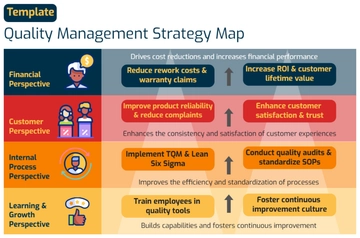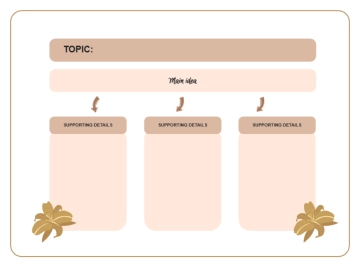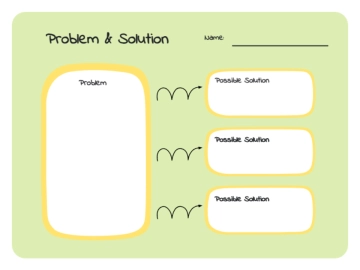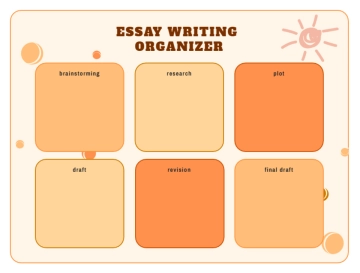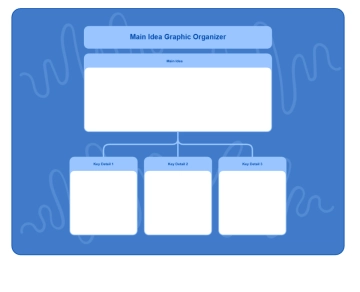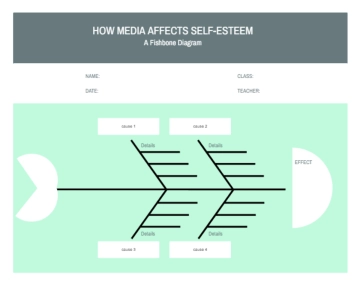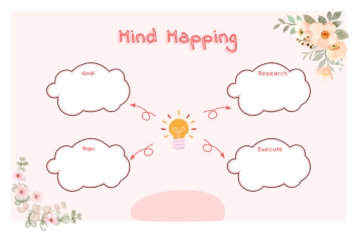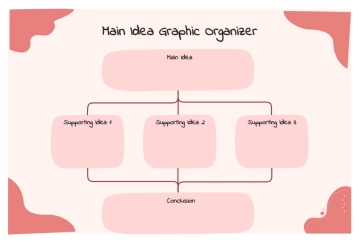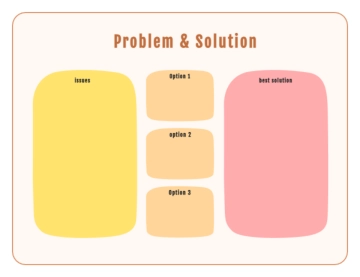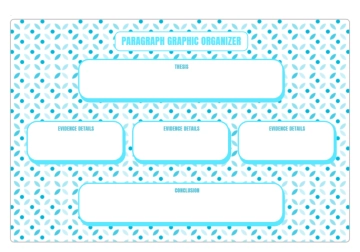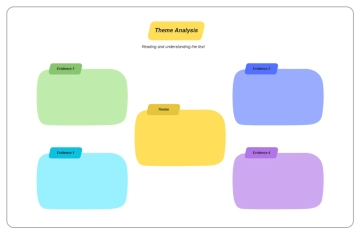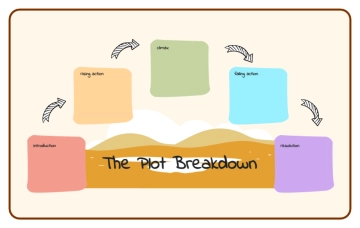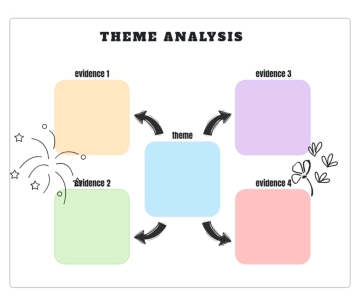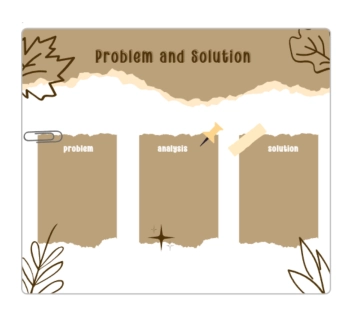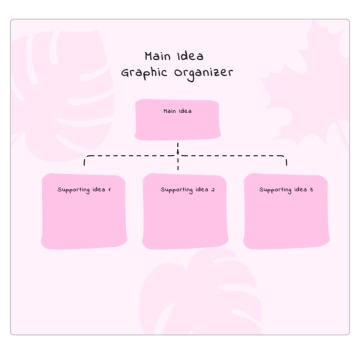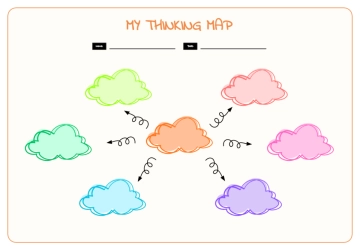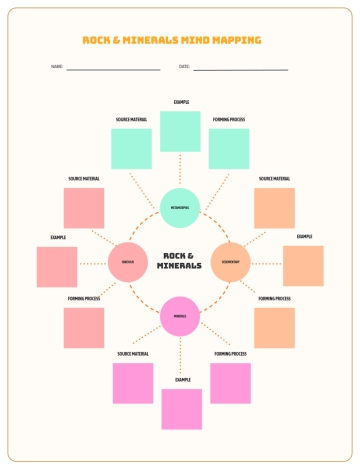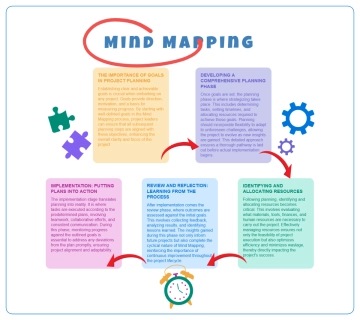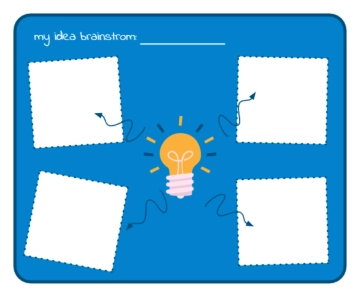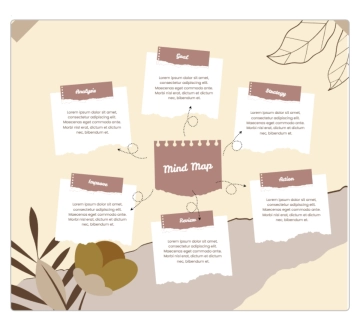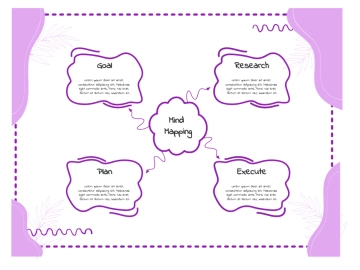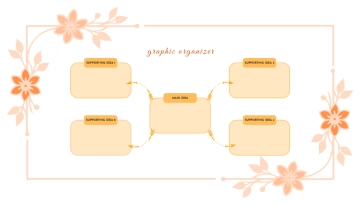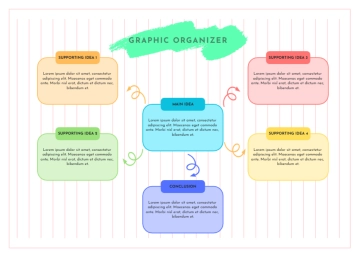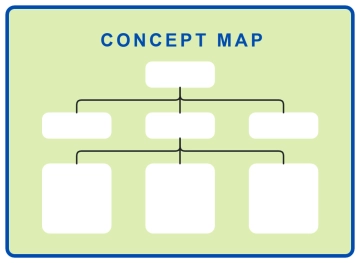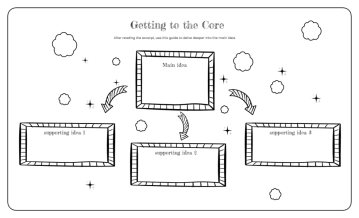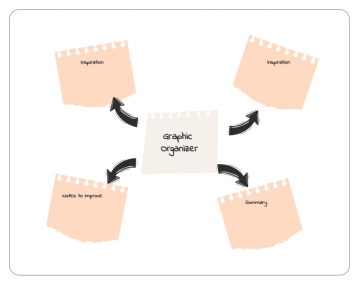Free Administration Effective Meeting Strategies Plan
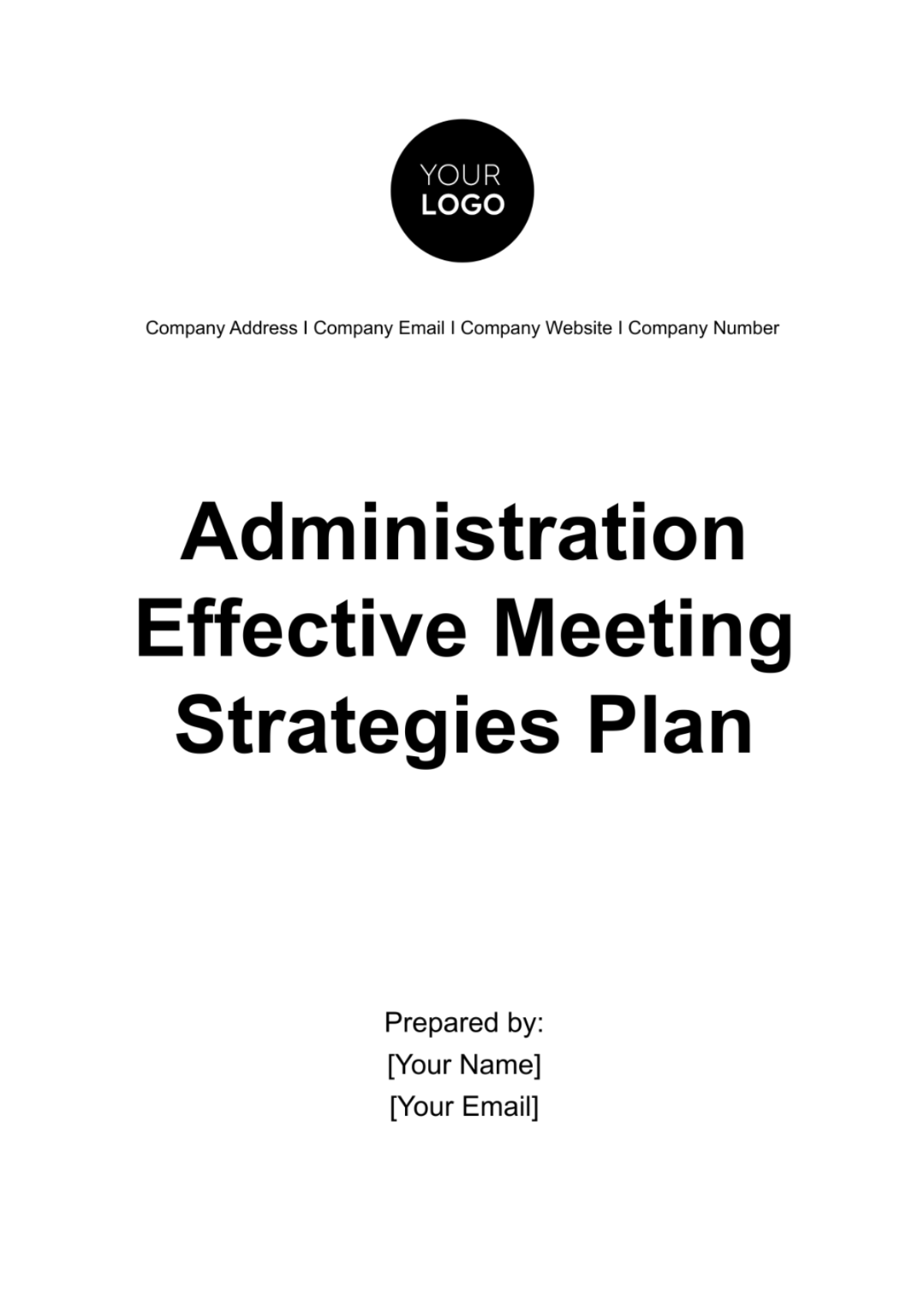
I. Introduction
A. Purpose of the Plan
The purpose of this plan is to provide a comprehensive guide for conducting effective meetings within [Your Company Name]. This involves a multi-faceted approach that takes into account the various aspects of meeting management. From the initial planning stage to the follow-up actions after the meeting, each step is crucial in ensuring the effectiveness of the meetings.
This plan is designed to serve as a roadmap for administrators and other individuals within [Your Company Name] who are responsible for organizing and conducting meetings. By following the strategies outlined in this plan, these individuals can ensure that their meetings are not only productive and efficient, but also beneficial for all participants.
B. Scope of the Plan
Comprehensiveness: This plan covers all aspects of meeting management within [Your Company Name]. It provides guidance on the initial planning stage, the conduct of the meeting itself, and the necessary follow-up actions after the meeting.
Applicability: The strategies outlined in this plan are intended for use by administrators and other individuals within [Your Company Name] who are responsible for organizing and conducting meetings. It is designed to be applicable across a wide range of administrative settings within the company.
Flexibility: While this plan provides a comprehensive guide, it is also flexible. Administrators within [Your Company Name] can adapt the strategies to fit the specific needs and circumstances of their meetings.
C. Benefits of the Plan
Productivity: Implementing this plan within [Your Company Name] will help ensure that meetings are productive. By following the strategies for effective meeting management, administrators can ensure that meetings achieve their intended objectives.
Efficiency: This plan also promotes efficiency in meetings within [Your Company Name]. It provides guidance on how to manage time effectively during meetings and how to ensure that all agenda items are covered.
Beneficial Outcomes: By ensuring that meetings within [Your Company Name] are both productive and efficient, this plan helps ensure that meetings are beneficial for all participants. This includes improved communication, better decision-making, and more effective problem-solving within the company.
II. Understanding the Importance of Meetings
Meetings are an integral part of the operations within [Your Company Name]. They serve as a platform for decision-making, information dissemination, problem-solving, and team building. However, to leverage the full potential of meetings, it’s important to understand their significance and the role they play within our organization.
A. Decision Making
Meetings are a critical component in the decision-making process within [Your Company Name]. They provide a forum where ideas can be exchanged, debated, and consensus can be reached. By bringing together different perspectives and expertise, meetings enrich the decision-making process, leading to more informed and robust decisions that align with our strategic objectives.
B. Information Dissemination
In an organization as diverse and dynamic as [Your Company Name], the efficient dissemination of information is crucial. Meetings serve as a conduit for information flow, ensuring that all relevant parties are kept informed about updates, changes, and developments. This fosters transparency, enhances coordination, and ensures that everyone is aligned towards the common goals of the organization.
C. Problem Solving
Meetings are a powerful tool for problem-solving within [Your Company Name]. They provide a structured environment where problems can be articulated, root causes can be identified, and potential solutions can be discussed and evaluated. This collaborative approach leverages the collective intelligence of the team, leading to more effective and innovative solutions.
D. Team Building
Beyond their functional roles, meetings also play a vital role in team building within [Your Company Name]. They foster a sense of community and belonging among team members, enhance communication and understanding, and strengthen the bonds of teamwork. This not only enhances the team’s performance but also contributes to a positive and supportive work culture.
By understanding these aspects, we can ensure that our meetings are not only productive and efficient, but also beneficial for all participants. This includes improved communication, better decision-making, and more effective problem-solving within [Your Company Name].
III. Preparing for Meetings
Effective meetings are a result of thorough preparation. [Your Company Name] understands that the groundwork laid before the meeting significantly influences its success. Here are some key areas to focus on during the preparation phase:
A. Setting the Agenda
The agenda serves as the roadmap for the meeting. It guides the flow of discussion and ensures that all important topics are covered.
Define the Purpose: Every meeting should have a clear purpose. This could be to make a decision, to brainstorm ideas, or to share information. The purpose should be stated at the top of the agenda. It sets the tone for the meeting and helps participants prepare accordingly.
1.1. Clarity: The purpose should be clear and concise. It should leave no room for ambiguity about what the meeting aims to achieve.
1.2. Relevance: The purpose should be relevant to the participants and the organization. It should align with the strategic goals of the company.
1.3. Focus: The purpose should provide a focus for the meeting, helping to keep the discussion on track and ensuring that the meeting does not deviate from its intended objective.
List the Topics: The agenda should include a list of topics to be discussed. Each topic should be clearly defined and relevant to the purpose of the meeting.
2.1. Prioritization: Topics should be listed in order of priority. This ensures that the most important issues are addressed first.
2.2. Time Allocation: Each topic should have a time allocation, helping to ensure that all topics are covered within the meeting duration.
2.3. Presenter Assignment: If applicable, assign a presenter for each topic. This person will be responsible for leading the discussion on that topic.
Allocate Time for Each Topic: Assign a specific amount of time for each topic. This helps to keep the meeting on track and ensures that all topics are adequately addressed.
3.1. Flexibility: While it’s important to stick to the schedule, allow some flexibility for unexpected discussions or issues. This ensures that the meeting can adapt to the needs of the participants.
3.2. Buffer Time: Include some buffer time in the schedule for unexpected delays or overruns. This ensures that the meeting does not feel rushed and that there is time to address all topics thoroughly.
B. Logistics
The logistics of the meeting also need to be carefully planned. This includes the venue, the time, and the equipment needed for the meeting.
Choose a Suitable Venue: The venue should be conducive to the type of meeting being held. It should be quiet, comfortable, and equipped with the necessary facilities.
1.1. Size: The venue should be large enough to accommodate all participants comfortably. This ensures that everyone can participate effectively.
1.2. Facilities: The venue should have the necessary facilities, such as a projector, whiteboard, and internet access. These tools can enhance the effectiveness of the meeting.
1.3. Location: The venue should be easily accessible to all participants. This ensures that everyone can attend the meeting without difficulty.
Schedule a Convenient Time: The meeting should be scheduled at a time that is convenient for all participants. Consideration should be given to participants in different time zones, if applicable.
2.1. Availability: Check the availability of all participants before scheduling the meeting. This ensures that everyone who needs to attend can do so.
2.2. Duration: The duration of the meeting should be clearly communicated to all participants. This allows them to plan their time accordingly.
Arrange Necessary Equipment: Ensure that all necessary equipment, such as projectors, whiteboards, or conference call facilities, are available and in working order.
3.1. Technical Support: Arrange for technical support in case of any issues with the equipment. This ensures that any technical issues can be resolved quickly.
3.2. Backup Plan: Have a backup plan in case of equipment failure. This ensures that the meeting can continue even if there are issues with the equipment.
C. Participants
The success of a meeting also depends on the active participation of all attendees. Therefore, it’s important to identify who needs to be at the meeting and what their roles will be.
Identify Participants: Determine who needs to attend the meeting. This could be based on their role, their expertise, or their involvement in the topics to be discussed.
1.1. Relevance: Only those who have a direct interest or role in the topics to be discussed should be invited. This ensures that the meeting is relevant to all participants.
1.2. Number: Keep the number of participants to a minimum to ensure a focused and productive meeting. Too many participants can make the meeting unwieldy and difficult to manage.
Define Roles: Each participant should have a clear role in the meeting. This could be as a presenter, a decision-maker, or a note-taker.
2.1. Clarity: Each participant should know their role before the meeting. This allows them to prepare effectively.
2.2. Preparation: Participants should be given enough time to prepare for their role. This ensures that they can contribute effectively during the meeting.
Send Invitations: Once the participants and their roles have been identified, send out meeting invitations. These should include the date, time, venue, purpose, and agenda of the meeting.
3.1. Advance Notice: Send the invitations well in advance to give participants enough time to prepare. This ensures that they can fully participate in the meeting.
3.2. Confirmation: Ask participants to confirm their attendance. This allows you to plan the meeting more effectively.
IV. Conducting Meetings
The way meetings are conducted can significantly impact their effectiveness. The company understands that a well-conducted meeting can lead to productive outcomes, improved decision-making, and enhanced team collaboration. Here are some key areas to focus on during the conduct of the meeting:
A. Starting the Meeting
The start of the meeting sets the tone for the rest of the session. It’s important to begin the meeting in a way that engages participants and focuses their attention on the purpose of the meeting.
Welcome Participants: Begin the meeting by welcoming all participants. This creates a positive atmosphere and makes participants feel valued.
1.1. Personal Acknowledgement: Acknowledge each participant individually, if possible. This can make them feel recognized and appreciated.
1.2. Positive Tone: Set a positive tone for the meeting. This can help to create an environment that encourages open communication and collaboration.
Review the Agenda: Go over the agenda at the start of the meeting. This reminds participants of the purpose of the meeting and the topics to be discussed.
2.1. Clarification: Allow participants to ask questions or seek clarification about the agenda. This ensures that everyone is on the same page.
2.2. Time Management: Remind participants of the time allocated for each topic. This can help to keep the meeting on track.
Set Ground Rules: Establish some basic ground rules for the meeting. This can help to manage the conduct of the meeting and ensure that it is productive and respectful.
3.1. Participation: Encourage all participants to contribute to the discussion. This can lead to more diverse and comprehensive outcomes.
3.2. Respect: Remind participants to respect each other’s opinions. This can create a safe space for open and honest discussion.
3.3. Focus: Ask participants to stay focused on the topic at hand. This can prevent the meeting from going off track.
B. During the Meeting
The conduct of the meeting itself is crucial. It’s important to manage the discussion, encourage participation, and ensure that all topics are covered.
Encourage Participation: Actively encourage all participants to contribute to the discussion. This can lead to more comprehensive and diverse outcomes.
1.1. Inclusivity: Make sure that all voices are heard. This can lead to more diverse and comprehensive outcomes.
1.2. Questioning: Use open-ended questions to stimulate discussion and encourage participants to share their thoughts and ideas.
1.3. Acknowledgement: Acknowledge the contributions of participants. This can make them feel valued and encourage further participation.
Manage Time: Keep an eye on the time to ensure that all topics are covered and the meeting ends on time.
2.1. Agenda Adherence: Stick to the agenda and the time allocated for each topic. This can help to keep the meeting on track.
2.2. Interventions: If the discussion goes off track or overruns the allocated time, intervene to steer it back on course.
Keep Discussions on Track: Ensure that the discussion stays focused on the topic at hand.
3.1. Topic Relevance: If the discussion strays off topic, gently steer it back to the relevant topic.
3.2. Summarization: Periodically summarize the key points of the discussion. This can help to keep the meeting focused and ensure that everyone understands the progress of the discussion.
C. Ending the Meeting
The end of the meeting is as important as the start. It’s important to conclude the meeting in a way that summarizes the discussion, assigns action items, and sets the stage for future meetings.
Summarize Key Points: At the end of the meeting, summarize the key points of the discussion. This helps to ensure that everyone has the same understanding of what was discussed.
1.1. Clarity: Make sure that the summary is clear and concise. This can help to ensure that everyone understands the key points.
1.2. Confirmation: Ask participants if they agree with the summary. This can help to ensure that everyone is on the same page.
Assign Action Items: Assign action items to participants. This ensures that the decisions made during the meeting are followed up on.
2.1. Responsibility: Clearly assign responsibility for each action item. This ensures that everyone knows what they need to do after the meeting.
2.2. Deadline: Set a deadline for each action item. This ensures that the tasks are completed in a timely manner.
Schedule Next Meeting (if necessary): If another meeting is needed, schedule it before participants leave. This ensures that everyone is available for the next meeting.
3.1. Date and Time: Choose a date and time that is convenient for all participants.
3.2. Agenda: Provide a preliminary agenda for the next meeting. This gives participants an idea of what to expect and allows them to prepare in advance.
V. Following Up After Meetings
The follow-up after a meeting is just as important as the preparation and conduct of the meeting itself. It ensures that the decisions made and actions agreed upon during the meeting are implemented effectively.
A. Meeting Minutes
Meeting minutes serve as a reference point for all participants after the meeting. They help ensure that everyone has the same understanding of what was discussed and agreed upon during the meeting. The following table provides a format for meeting minutes:
Topic | Discussion | Action Item | Responsible Person | Deadline |
|---|---|---|---|---|
Budget Planning | Discussed the budget for the next fiscal year. | Prepare a detailed budget proposal. | John Paige | March 1, 2054 |
This formatting for meeting minutes provides a clear and organized record of the meeting. Each row corresponds to a topic discussed in the meeting, making it easy to see at a glance what was discussed, what actions were decided upon, who is responsible for each action, and when each action is due. This makes the minutes a valuable reference document that participants can refer back to after the meeting.
This format also ensures accountability and facilitates follow-up. By clearly assigning responsibility for each action item to a specific person and setting a deadline for its completion, the minutes help ensure that the decisions made during the meeting are acted upon. This is crucial for the effective implementation of meeting decisions. Furthermore, by providing a clear record of who said what and what was decided, the minutes can also help resolve any disputes or misunderstandings that may arise after the meeting. Thus, the use of this format for meeting minutes is a key aspect of effective meeting management.
B. Monitoring Progress
After the meeting, it’s important to monitor the progress of the action items that were assigned.
Check on Action Items: Regularly check on the progress of the action items. This helps to ensure that they are being acted upon and are on track to be completed by the deadline.
1.1. Regular Updates: Ask the person responsible for each action item to provide regular updates on their progress.
1.2. Address Issues: If there are any issues or delays in completing an action item, address them promptly.
Provide Support as Needed: Provide support to the people responsible for the action items. This could be in the form of resources, advice, or assistance.
2.1. Resources: Ensure that they have the resources they need to complete the action item.
2.2. Advice: Provide advice or guidance if they encounter any difficulties.
Prepare for Next Meeting: Based on the progress of the action items, start preparing for the next meeting. This could involve setting the agenda, scheduling the meeting, or inviting participants.
3.1. Agenda: The progress of the action items could inform the agenda for the next meeting.
3.2. Scheduling: Schedule the next meeting at a time that is convenient for all participants.
VI. Conclusion
The meeting strategies plan serves as a comprehensive guide for conducting effective meetings within [Your Company Name]. It covers all aspects of meeting management, from preparing for meetings, conducting meetings, and following up after meetings. By adhering to the strategies outlined in this plan, the organization can ensure that its meetings are productive, efficient, and beneficial for all participants.
Moreover, this plan emphasizes the importance of thorough preparation, active participation, and diligent follow-up in ensuring the effectiveness of meetings. It provides a structured approach to meeting management that can be adapted to fit the specific needs and circumstances of different meetings. By implementing this plan, the organization can enhance communication, improve decision-making, and foster a culture of collaboration and teamwork. Ultimately, this will contribute to the overall success and growth of the organization.
- 100% Customizable, free editor
- Access 1 Million+ Templates, photo’s & graphics
- Download or share as a template
- Click and replace photos, graphics, text, backgrounds
- Resize, crop, AI write & more
- Access advanced editor
Guarantee effective meetings with Template.net’s Administration Effective Meeting Strategies Plan Template! This customizable and editable tool can be easily modified with our advanced AI Editor Tool. It also provides a comprehensive guide for planning and conducting effective meetings, helping you achieve your meeting objectives and improve team collaboration. Edit now!
You may also like
- Finance Plan
- Construction Plan
- Sales Plan
- Development Plan
- Career Plan
- Budget Plan
- HR Plan
- Education Plan
- Transition Plan
- Work Plan
- Training Plan
- Communication Plan
- Operation Plan
- Health And Safety Plan
- Strategy Plan
- Professional Development Plan
- Advertising Plan
- Risk Management Plan
- Restaurant Plan
- School Plan
- Nursing Home Patient Care Plan
- Nursing Care Plan
- Plan Event
- Startup Plan
- Social Media Plan
- Staffing Plan
- Annual Plan
- Content Plan
- Payment Plan
- Implementation Plan
- Hotel Plan
- Workout Plan
- Accounting Plan
- Campaign Plan
- Essay Plan
- 30 60 90 Day Plan
- Research Plan
- Recruitment Plan
- 90 Day Plan
- Quarterly Plan
- Emergency Plan
- 5 Year Plan
- Gym Plan
- Personal Plan
- IT and Software Plan
- Treatment Plan
- Real Estate Plan
- Law Firm Plan
- Healthcare Plan
- Improvement Plan
- Media Plan
- 5 Year Business Plan
- Learning Plan
- Marketing Campaign Plan
- Travel Agency Plan
- Cleaning Services Plan
- Interior Design Plan
- Performance Plan
- PR Plan
- Birth Plan
- Life Plan
- SEO Plan
- Disaster Recovery Plan
- Continuity Plan
- Launch Plan
- Legal Plan
- Behavior Plan
- Performance Improvement Plan
- Salon Plan
- Security Plan
- Security Management Plan
- Employee Development Plan
- Quality Plan
- Service Improvement Plan
- Growth Plan
- Incident Response Plan
- Basketball Plan
- Emergency Action Plan
- Product Launch Plan
- Spa Plan
- Employee Training Plan
- Data Analysis Plan
- Employee Action Plan
- Territory Plan
- Audit Plan
- Classroom Plan
- Activity Plan
- Parenting Plan
- Care Plan
- Project Execution Plan
- Exercise Plan
- Internship Plan
- Software Development Plan
- Continuous Improvement Plan
- Leave Plan
- 90 Day Sales Plan
- Advertising Agency Plan
- Employee Transition Plan
- Smart Action Plan
- Workplace Safety Plan
- Behavior Change Plan
- Contingency Plan
- Continuity of Operations Plan
- Health Plan
- Quality Control Plan
- Self Plan
- Sports Development Plan
- Change Management Plan
- Ecommerce Plan
- Personal Financial Plan
- Process Improvement Plan
- 30-60-90 Day Sales Plan
- Crisis Management Plan
- Engagement Plan
- Execution Plan
- Pandemic Plan
- Quality Assurance Plan
- Service Continuity Plan
- Agile Project Plan
- Fundraising Plan
- Job Transition Plan
- Asset Maintenance Plan
- Maintenance Plan
- Software Test Plan
- Staff Training and Development Plan
- 3 Year Plan
- Brand Activation Plan
- Release Plan
- Resource Plan
- Risk Mitigation Plan
- Teacher Plan
- 30 60 90 Day Plan for New Manager
- Food Safety Plan
- Food Truck Plan
- Hiring Plan
- Quality Management Plan
- Wellness Plan
- Behavior Intervention Plan
- Bonus Plan
- Investment Plan
- Maternity Leave Plan
- Pandemic Response Plan
- Succession Planning
- Coaching Plan
- Configuration Management Plan
- Remote Work Plan
- Self Care Plan
- Teaching Plan
- 100-Day Plan
- HACCP Plan
- Student Plan
- Sustainability Plan
- 30 60 90 Day Plan for Interview
- Access Plan
- Site Specific Safety Plan
